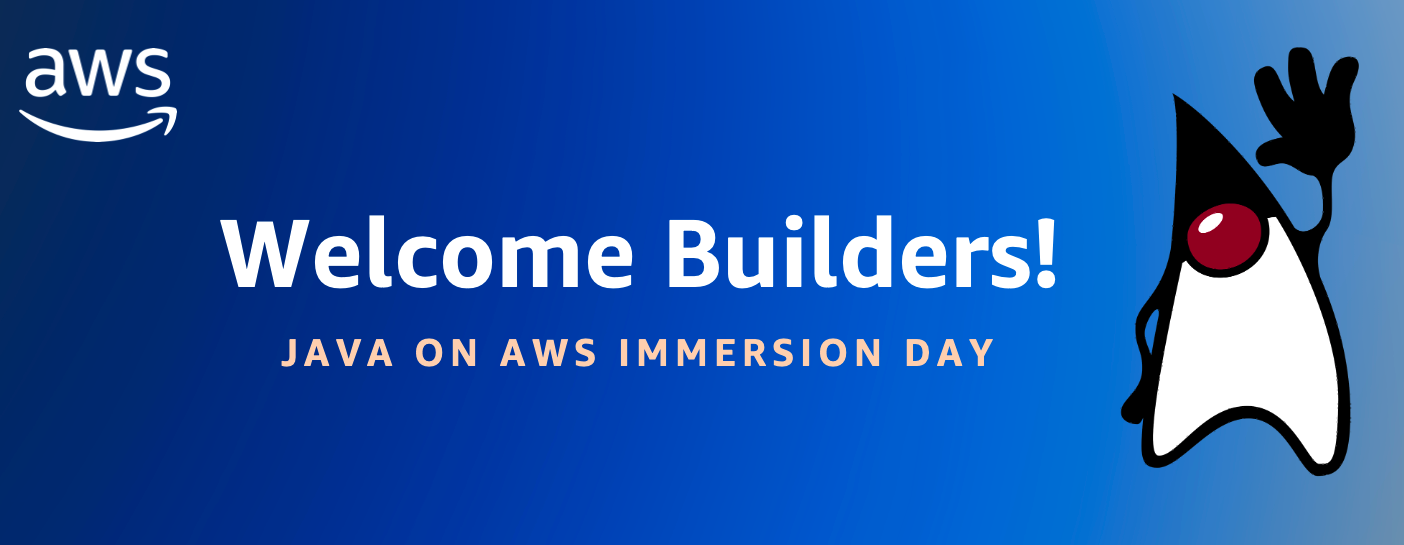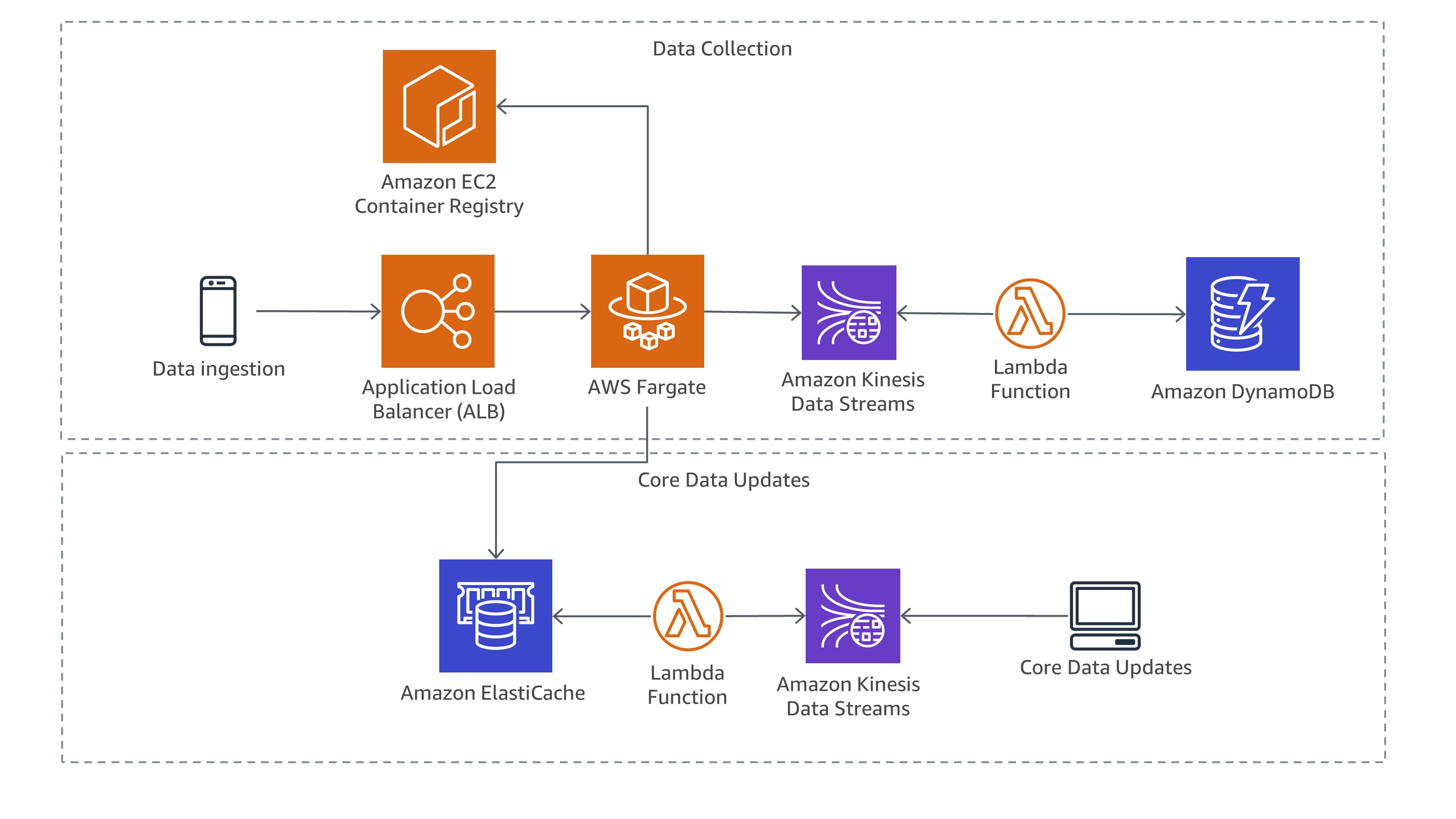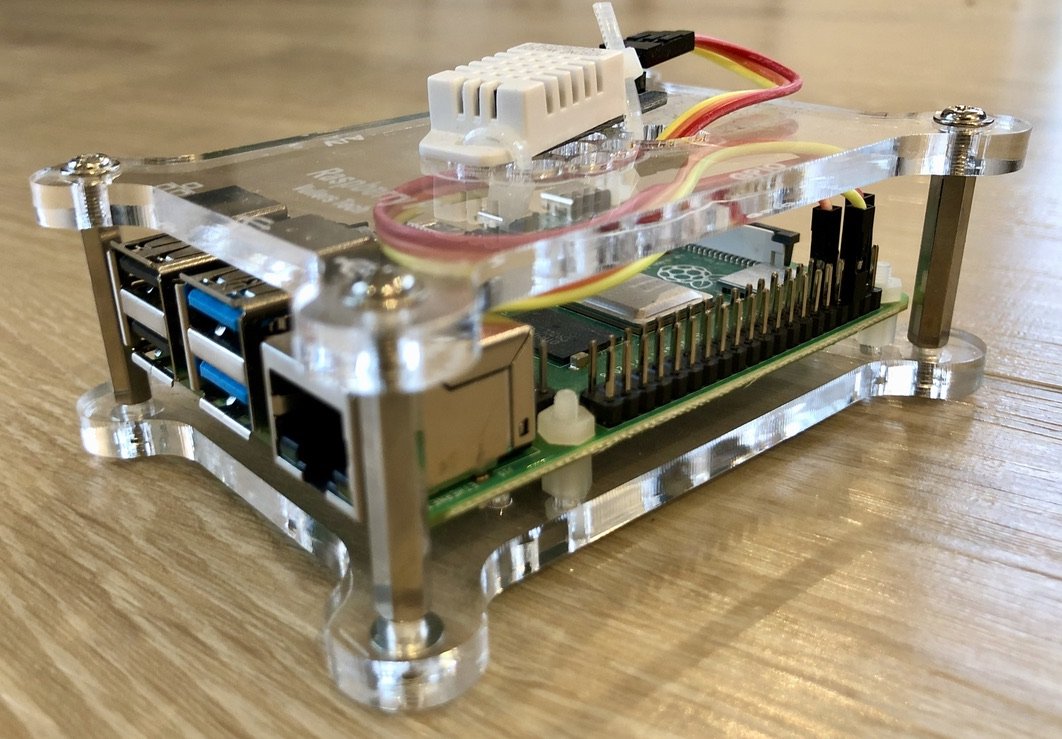Sascha Möllering
Solutions Architecture & Software Development
Enjoying containers and serverless, all day, every day.
Get in TouchWork Experience
Amazon Web Services
Principal Specialist Solutions Architect for Containers
July 2020 — Now- Solutions Architect for Containers supporting customers in DACH
- EMEA Domain Lead
Amazon Web Services
Solutions Architect Manager
August 2019 — June 2020- Solutions Architect Manager for the In-Country Specialist Team in Germany
- Hiring, mentoring, and leading a team of solutions architects
Amazon Web Services
Solutions Architect
October 2015 — July 2019- Solutions Architect for SMB-customers in Germany
- Supporting SMB customers in Germany
Awin Global (former zanox)
Senior Software Engineer / Software Achitect / Teamlead
January 2012 — September 2015- Implemented a CI/CD chain to automatically deploy JBoss applications and Uber-JARs
- Defined technological standards for the developers
- Teamlead for the tracking team, planned, built, and rolled out a newly writte tracking system based on Java, Vert.x, AWS, Kafka, and Amazon Kinesis
- Implemeted automation tools for AWS and VMWare
Driveer
Frontend Developer
Jun 2015 — Oct 2016Developed and integrated a real-time vehicle tracking system using WebSockets, improving accuracy and data update in the application. This functionality increased user satisfaction by 30% and reduced customer service inquiries by 25%.
Featured Projects
Publications (selection)
Analyzing Java applications performance with async-profiler in Amazon EKS
Sascha Möllering, Yuriy Bezsonov
AWS Containers Blog • 2025In this post we explore practical implementations for both on-demand and continuous profiling scenarios, using the Mountpoint for Amazon S3 Container Storage Interface (CSI) driver to efficiently manage profiling data in your Kubernetes environment.
Using CRaC to reduce Java startup times on Amazon EKS
Islam Mahgoub, Raglin Anthony, Owen Hawkins, Sascha Möllering
AWS Containers Blog • 2025In this post, we demonstrate how CRaC can be leveraged in a Continuous Integration (CI) pipeline build using AWS CodePipeline and AWS CodeBuild to create a warmed-up container image of the application. Then, we deploy it into Amazon EKS. We run some comparisons to show the improvement in startup time achieved with CRaC.
Start Spring Boot applications faster on AWS Fargate using SOCI
Sascha Möllering, Steffen Grunwald
AWS Containers Blog • 2023In this post, we’ll dive into techniques to optimize your Java applications using SOCI that don’t require you to change a single line of Java code. In our Spring Boot example application, this improves application startup time by about 25%, and this improvement should get bigger as the container image size gets larger.
Container Build Lens
Sascha Möllering, Tsahi Duek, Erin McGill, Thomas Liddle
AWS Well-Architect Framework • 2022Using the AWS Well-Architected Framework—which provides architectural best practices for designing and operating workloads on AWS—the Container Build Lens outlines the steps for performing an AWS Well-Architected review that empowers customers to assess and identify technical risks of their container build process.
Serving 4.8 billion railway customers a year: Story of Deutsche Bahn
Sascha Möllering
AWS re:Invent • 2022The national railway company of Germany, Deutsche Bahn, is the second-largest transport company in the world. With the Vendo project, Deutsche Bahn is modernizing their core B2B and B2C booking portal that serves 4.8 billion passengers per year. The ambitious project includes 500 project participants across 22 domains and runs hundreds of microservices on Amazon EKS. In this session Ralf Gernhold, CTO at Deutsche Bahn Vertrieb and program manager for Vendo, shares Vendo’s journey since 2018. Learn in detail how Deutsche Bahn has used Amazon EKS at scale to implement a platform in a highly available, secure, cost efficient, and resilient way.
Building reactive systems on AWS
Sascha Möllering, Michael Hanisch
AWS re:Invent • 2020Today, end users often expect subsecond response time and 100% uptime, often for applications dealing with terabytes of data. Reactive systems can address these requirements, as they are more flexible, loosely coupled, and scalable, making them easier to develop and amenable to change. They are also significantly more tolerant of failure, and when failure does occur, they meet it with elegance rather than disaster. Reactive systems are highly responsive, giving users effective interactive feedback. In this session, you learn how users adopt reactive patterns for their high-performance applications and have a look at typical, well-architected implementations on AWS.
Deep Dive: Live EKS thread-dumps & AI analysis
Mark Sailes, Sascha Möllering
Java in the Cloud • 2025In this episode of Java in the Cloud, Mark and Sascha Möllering discuss the challenges and solutions related to performance in containerized Java applications. They explore the use of technical resources, the integration of AWS services, and the innovative application of large language models for analyzing thread dumps. The conversation includes a demonstration of a solution that automates performance monitoring and analysis, highlighting the importance of community involvement and future directions for the project.
About Me
Hi, I’m Sascha Möllering, a Solutions Architect and Software Developer with over a decade of experience at AWS. I specialize in containers, serverless, and JVM-based technologies, helping customers bring bold ideas to life. My work spans cloud-native development with Java, Golang, Quarkus, Spring Boot, and CDK, always aiming for scalable, reliable, and simple solutions. I enjoy working with customers, writing content, and speaking at conferences like W-JAX, AWS re:Invent, and AWS Summits—driven by a bias for action, customer obsession, and a passion for diving deep.



